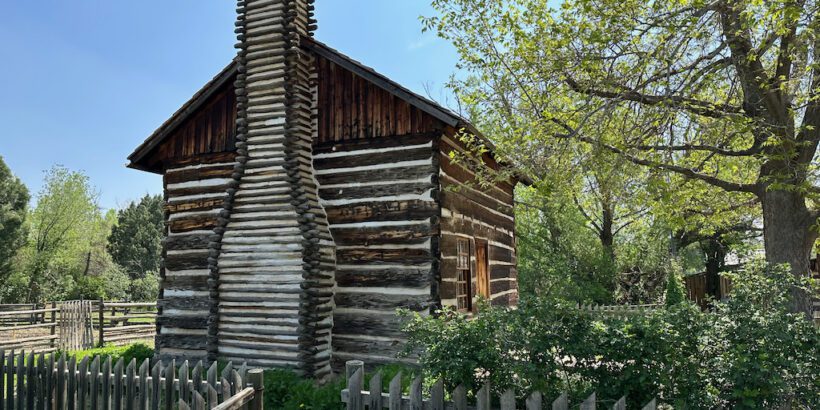The outskirts of Denver are teeming with captivating historical sites and museums that collectively weave together the rich pioneer heritage of the city.
Among these noteworthy attractions is the Littleton Museum, featuring a working farm and an array of well-preserved historic structures.
In this article, I will provide you with all the essential info for visiting this museum and offer some valuable tips to ensure an unforgettable experience during your visit.
Table of Contents
What is the Littleton Museum?
The Littleton Museum is a museum found in Littleton, Colorado, offering visitors a remarkable journey through time where they can explore original structures from the 1800s.
The museum boasts working farms that authentically depict the lifestyles and activities of different eras, allowing visitors to interact with interpreters and gain insights into the daily lives of pioneers and settlers.
For those looking for something to do indoors, exhibits — both permanent and temporary — showcase the stories, artifacts, and traditions that have shaped Littleton through the decades.
From enlightening historical exhibitions to engaging community events like concerts on the front lawn, the Littleton Museum celebrates the past, present, and future, inviting visitors to explore, learn, and connect with the local heritage.
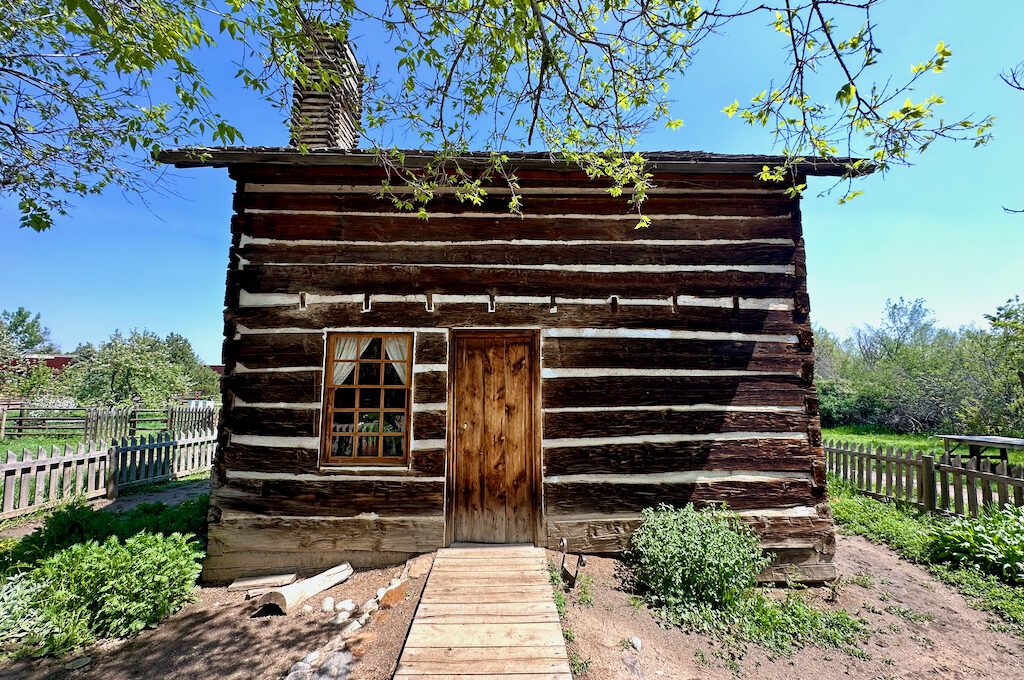
Parking and admission for the Littleton Museum
The Littleton Museum is free to visit for all but consider making a donation whenever you visit or purchasing something from the gift shop in order to help support this free museum.
The museum provides ample parking space right in front, with a convenient and spacious lot that offers free parking.
Tip: Before concluding your visit, be sure to explore the World War II memorial located just across from the parking area.
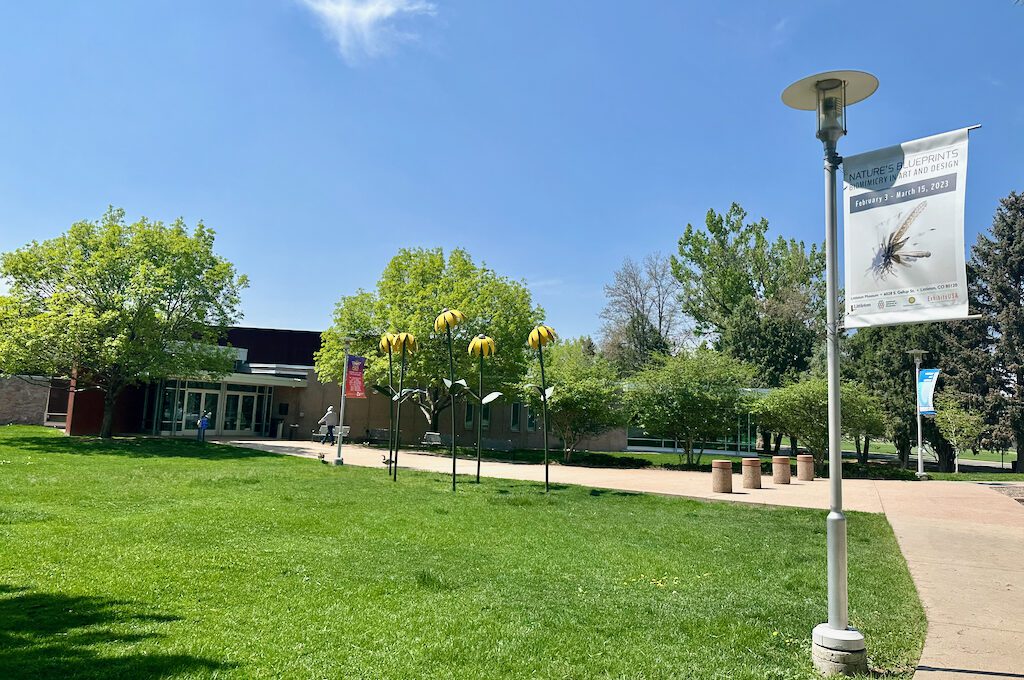
Our experience at the Littleton Museum
We reached the museum promptly as it opened on a splendid Saturday morning. The receptionists warmly greeted us and provided a brief introduction to the museum. And we made sure to grab a map.
Opting to begin with the outdoor living history exhibits, we chose to explore the 1860s display first, as it seemed fitting to follow a chronological order and save the 1890s exhibit for later.
Here, you can find actual structures that existed during the pioneer days which is one of the major draws of the park.
Regrettably, our timing was not ideal when we visited the museum.
Not only were they preparing to launch a new exhibit in just a few weeks, but there was also a shortage of interpretive staff at the park, resulting in the closure of several structures such as the schoolhouse and the blacksmith shop.
The museum does offer a schedule for the farms, which you can obtain upon arrival to be informed about the closures. However, since it’s not available beforehand, you won’t have that information until you arrive.
So my biggest tip for visiting this museum is to call ahead before you visit and verify that everything will be open so that you can have the best experience. At the end of the day, the museum is free so it’s not like it’s that big of a burden to come back if you have the time.
The 1860s farm is the primary location to see a variety of animals. They have a diverse selection, including oxen, pigs, turkeys, lambs, and donkeys among others. With all of these animals easily viewable and hardly shy, it’s no wonder this place is such a hit with kids.
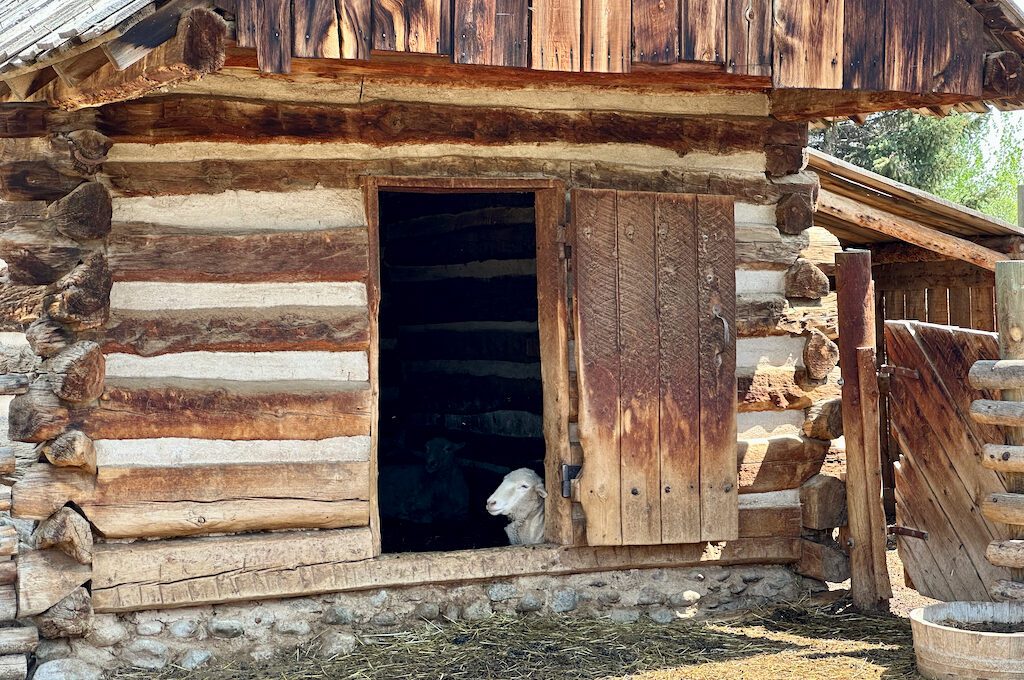
It was evident that all the animals were well taken care of and in excellent health, enhancing our visit. There’s nothing more disheartening than encountering animals that appear neglected and deprived of the attention they require.
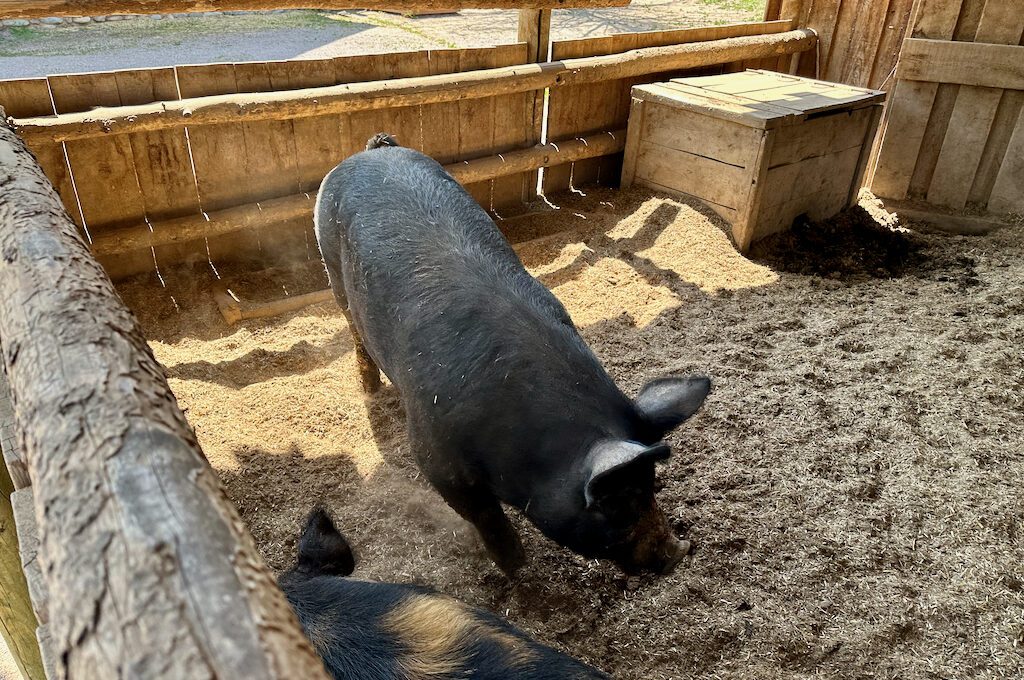
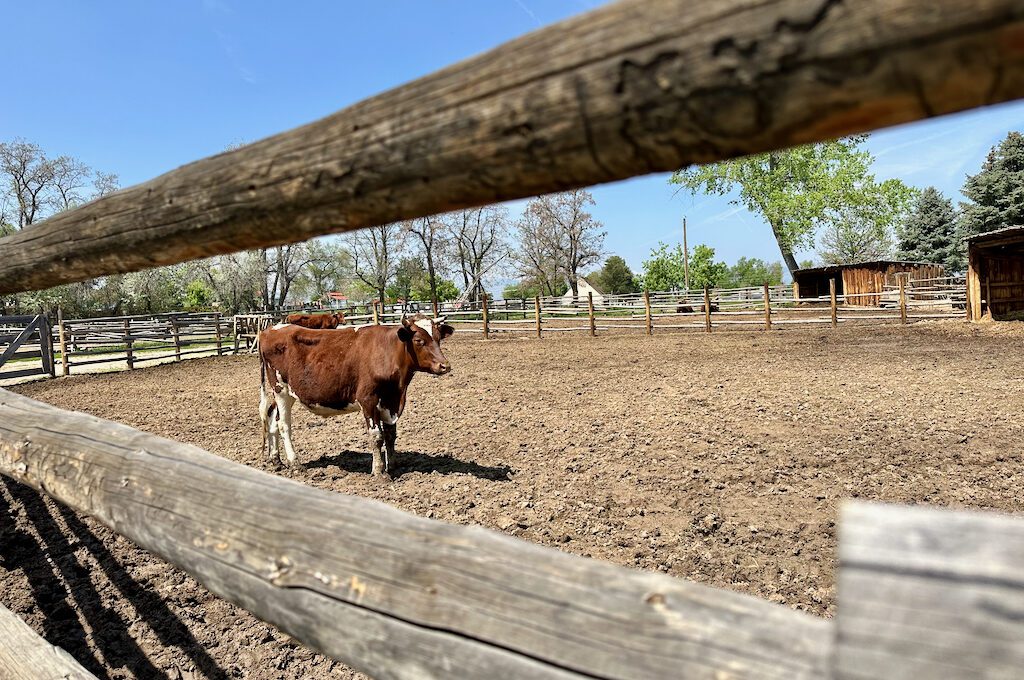
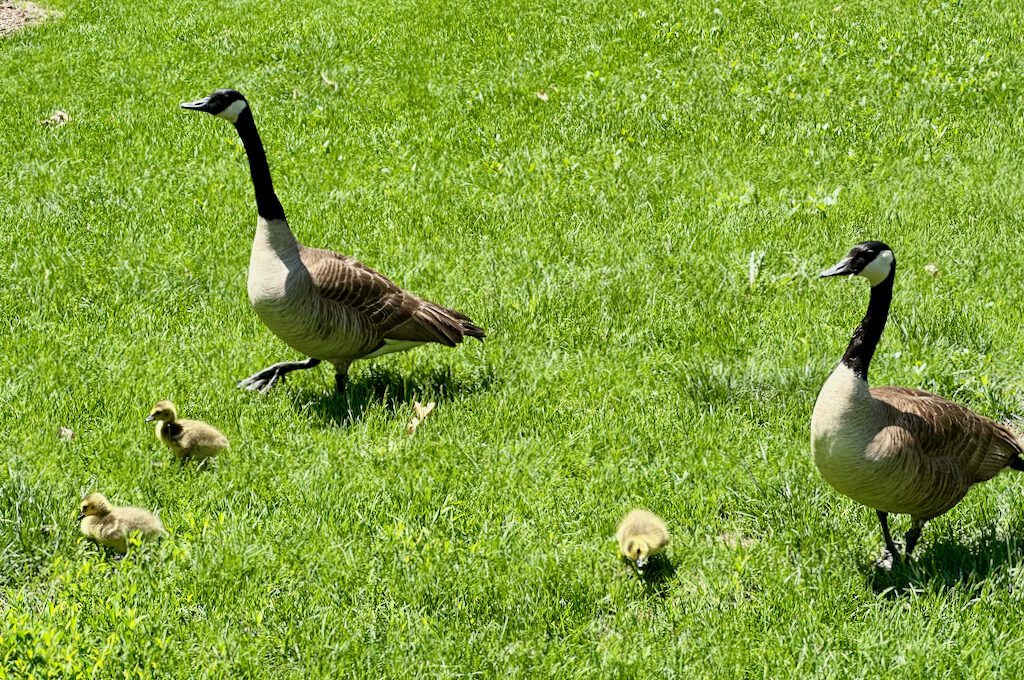
Located on the expansive 1860s farm, you’ll come across a charming old log cabin that once belonged to one of the McBroom brothers. A relocated piece of history, it’s beautifully preserved and restored, allowing you to experience firsthand the essence of Colorado’s pioneering spirit.
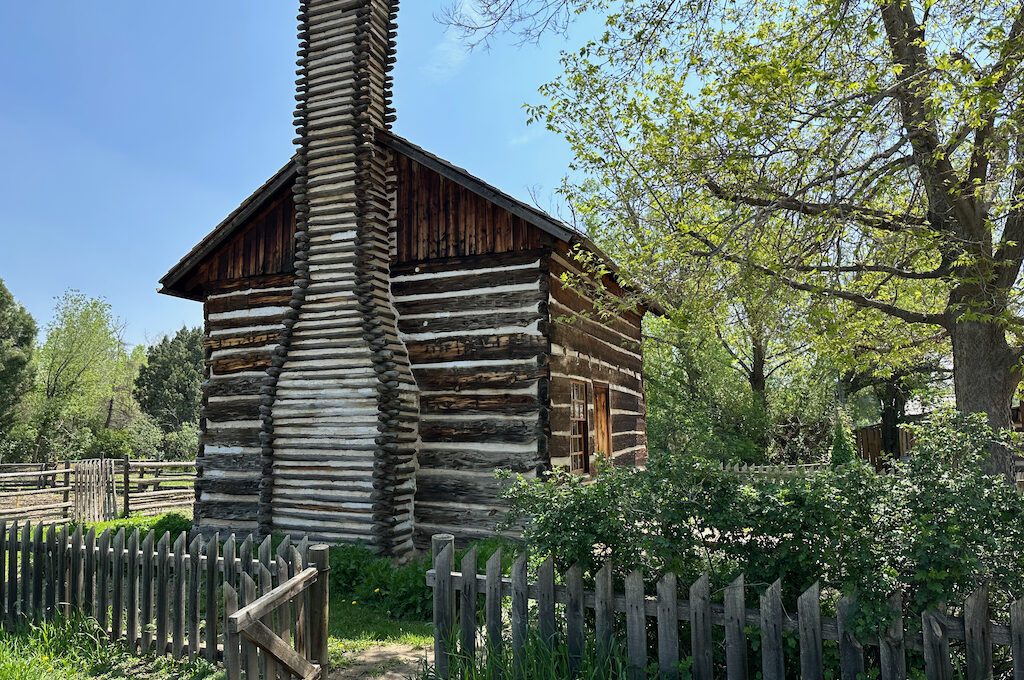
Some of the additional buildings worth exploring are the icehouse, operated by the Beers sisters, where dairy products were chilled using massive 200-pound blocks of ice harvested from a nearby frozen lake. Make sure not to overlook the 1865 School House, a significant historical landmark as Littleton’s first-ever school.
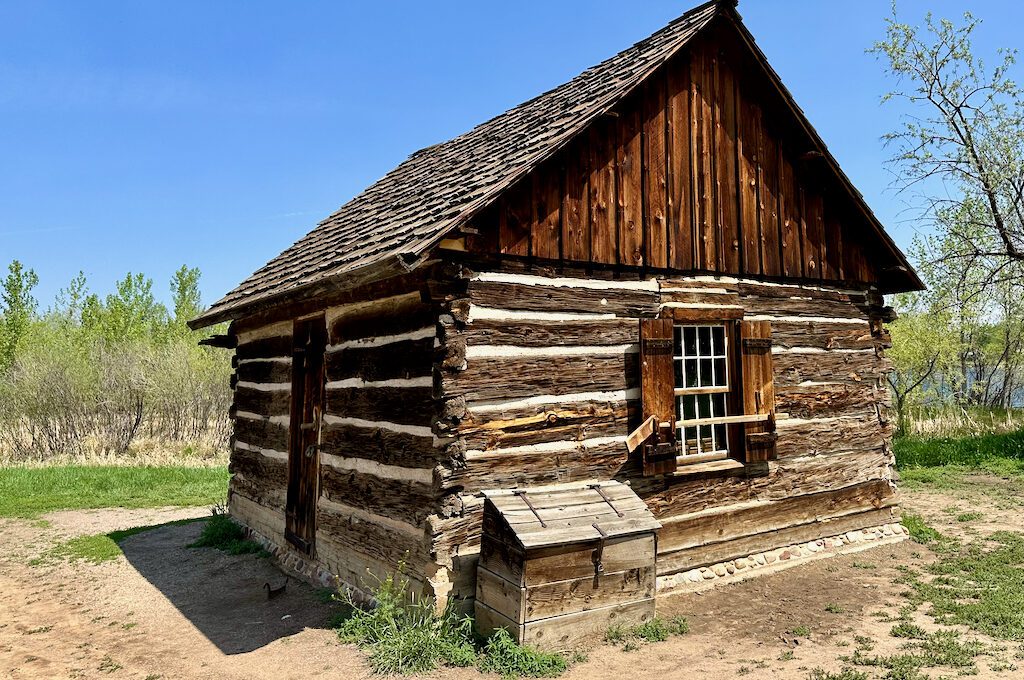
If you are able to catch one of the historical interpreters who would likely be wearing clothing from the era, they can provide you with a lot of insight into what life was like in a world devoid of modern conveniences like Wi-Fi.
Find out firsthand the type of chores they had like maintaining their gardens and animals or even learn about special things like how coffee was made in the 1860s.
One of the best things about a living history museum like this is that it’s a prime place to ask all of the questions you can. Many of the interpreters have dedicated years to the farm and possess a wealth of knowledge that they are enthusiastic to share. You can certainly learn a ton. So don’t be shy!
In between the farms there’s an interesting little area called “gazebo island” which is a very relaxing place to get a break from the sun and just to chill out, while enjoying the company of some pretty ducks.
It’s surrounded by beautiful greenish water and it opens up to Ketring Lake. There’s also a fishing dock so you might want to check with the museum about fishing opportunities.
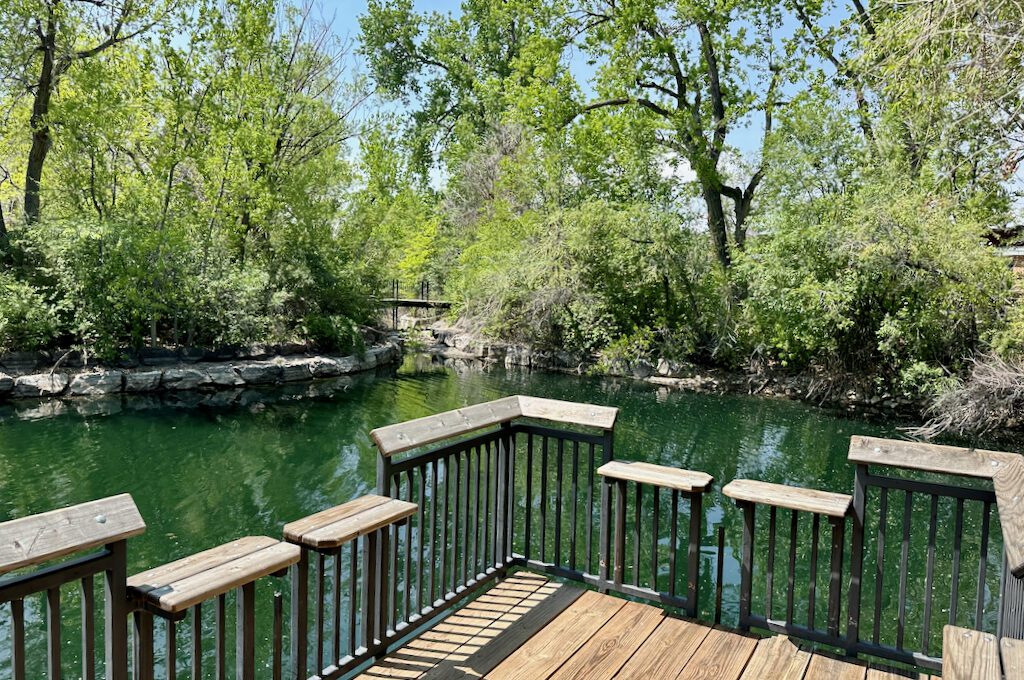
After checking out the water, we made our way to the 1890s farm which houses a farmhouse, garden, windmill, blacksmith shop, and barn.
As mentioned earlier, the blacksmith shop, which is a reconstruction set in 1903, was not open for us. That wasn’t a huge problem because we had just visited the Four Mile House Park, which also has a blacksmith shop that we were able to explore.
Four Mile House is a very similar type of destination and houses the oldest standing structure in the Denver area — a house that was once used for weary pioneers coming in on the Cherokee Trail and Smoky Hill Trail.
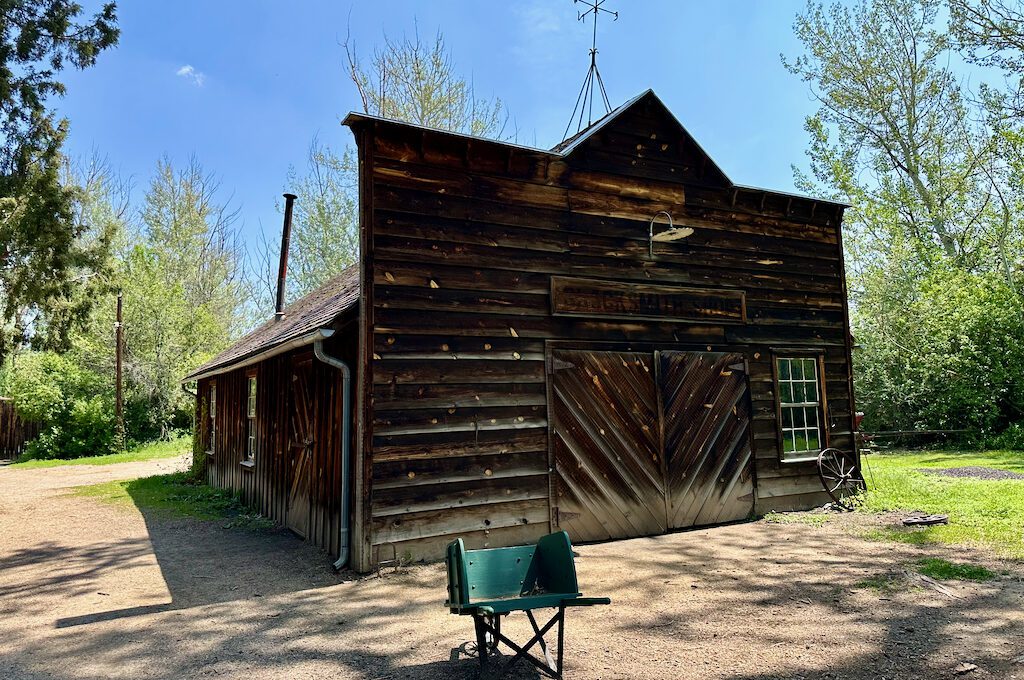
But back to our visit, we made our way inside the barn where an interpreter was actively engaged in the delicate art of cow milking — a captivating sight to behold and something I had never seen with my own eyes before.
The interpreter, armed with a wealth of dairy knowledge, gladly spilled the beans (or rather, milk) about all things related to milking cows and the history behind it. I was intrigued to learn about the diverse breeds of cows and the varying levels of fat content and protein composition they are capable of producing.
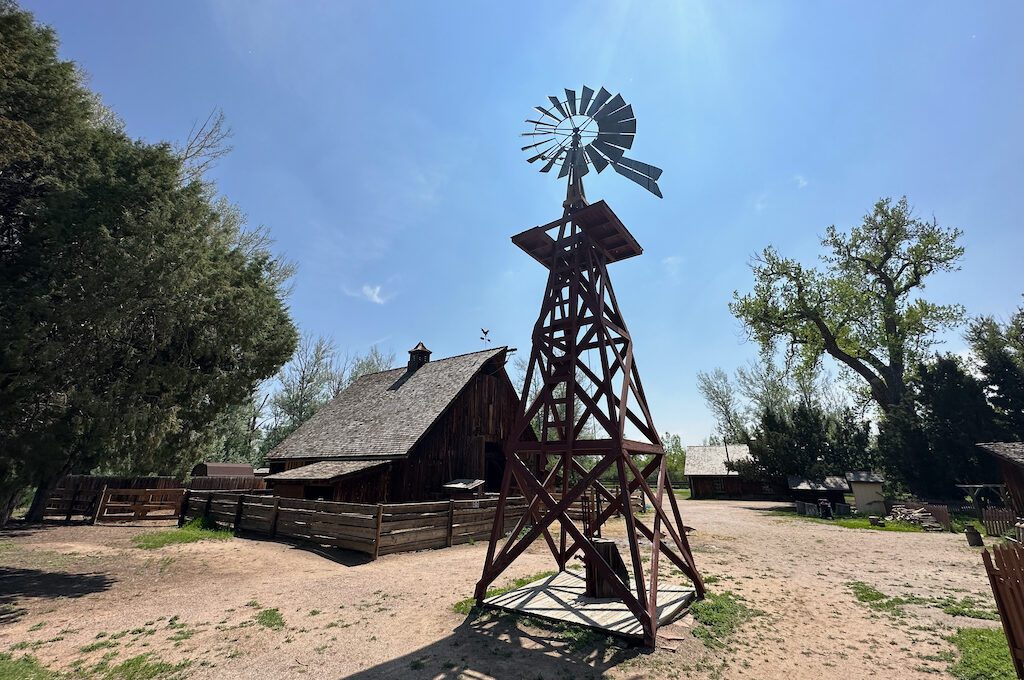
From there, we ventured into the main building of the museum, where a history exhibit of Littleton awaited us. This exhibit delves into the city’s rich past, shedding light on its connection to the dairy industry and other noteworthy sectors.
It’s also a great place to learn about the complexities involving water rights in the area along with the catastrophic 1965 flood that we had previously learned some about when we visited Confluence Park — one of the main recreation spots in Denver.
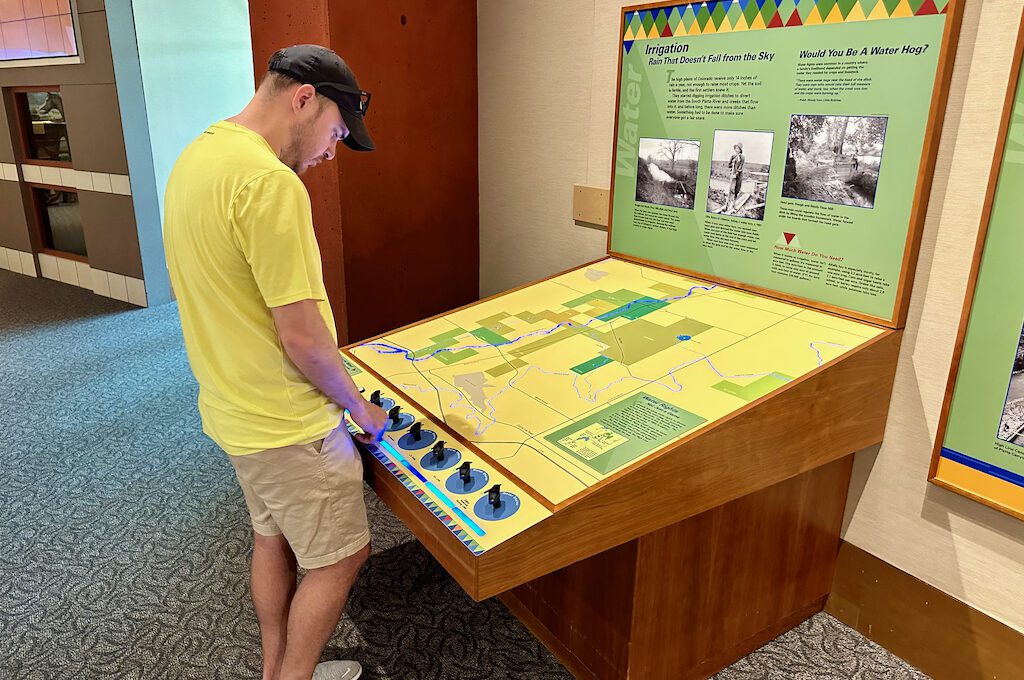
I really enjoyed learning about the various aspects of Littleton, including the individuals who established the city and its eventual shift from agriculture to industry.
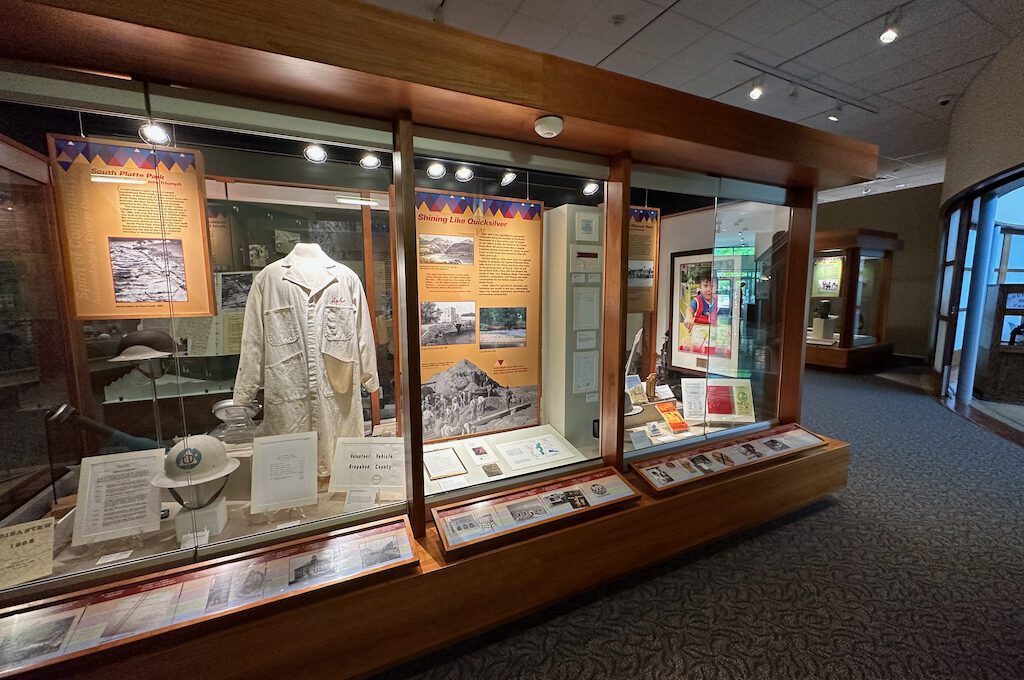
After this visit and our previous visit to the Aurora Museum, I really started to feel like I was able to piece together a lot of the the fragments of Denver’s history, spanning all the way back to the 1800s.
I think there is something to be said about checking out these smaller museums as they offer a long-tail method of delving into the history of a region, in a way that the huge museums just can’t quite pull off.
Something else interesting about the Littleton Museum is that they put on concerts on Wednesday evenings in the front lawn. You’ll have a chance to hear a little bit of everything here, spanning from the calming tunes of acoustic folk to the electrifying rhythms of Chicago blues and rock ‘n’ roll.
These concerts take place all through the summer and you can bring your own food for a picnic while other times tantalizing food trucks join the festivities.
You can check out their Facebook page for more details about the concerts but it’s a great opportunity to take part in the Littleton community.
Final word
In conclusion, the Littleton Museum offers a captivating journey through time, allowing visitors to explore original structures from the 1800s and experience the daily lives of pioneers and settlers.
Despite our timing not being ideal due to closures and staff shortage during our visit, the museum still provided a delightful experience with well-cared-for animals and a knowledgeable interpreter.
With its captivating displays, live animals, and entertaining concert evenings, the Littleton Museum delivers a unique and memorable experience.
Daniel Gillaspia is the Founder of UponArriving.com and the credit card app, WalletFlo. He is a former attorney turned travel expert covering destinations along with TSA, airline, and hotel policies. Since 2014, his content has been featured in publications such as National Geographic, Smithsonian Magazine, and CNBC. Read my bio.

